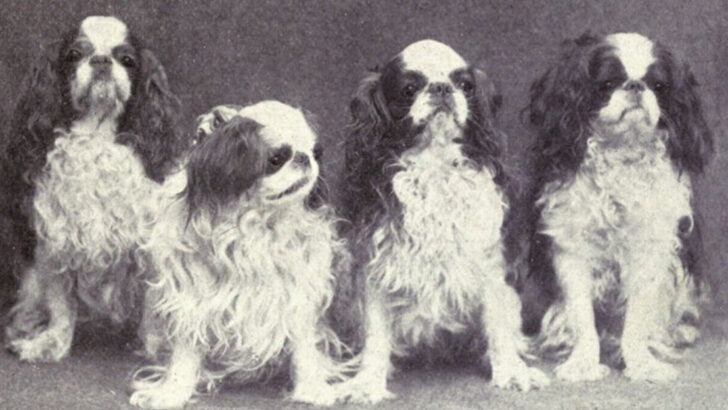Some dogs leave behind more than paw prints—they leave behind entire legacies. Sadly, not every breed has stood the test of time.
Throughout history, countless dogs have served as loyal companions, fearless hunters, and guardians of empires. Yet, despite their incredible roles, some breeds vanished, slipping into the pages of history with barely a whisper.
Were they too rare? Too specialized? Victims of changing times? Each extinct breed has its own story, and some are more heartbreaking than others.
From royal favorites to rugged working dogs, these 17 lost breeds were once beloved, but now only live on in legends, old paintings, and the echoes of the past.
Molossus
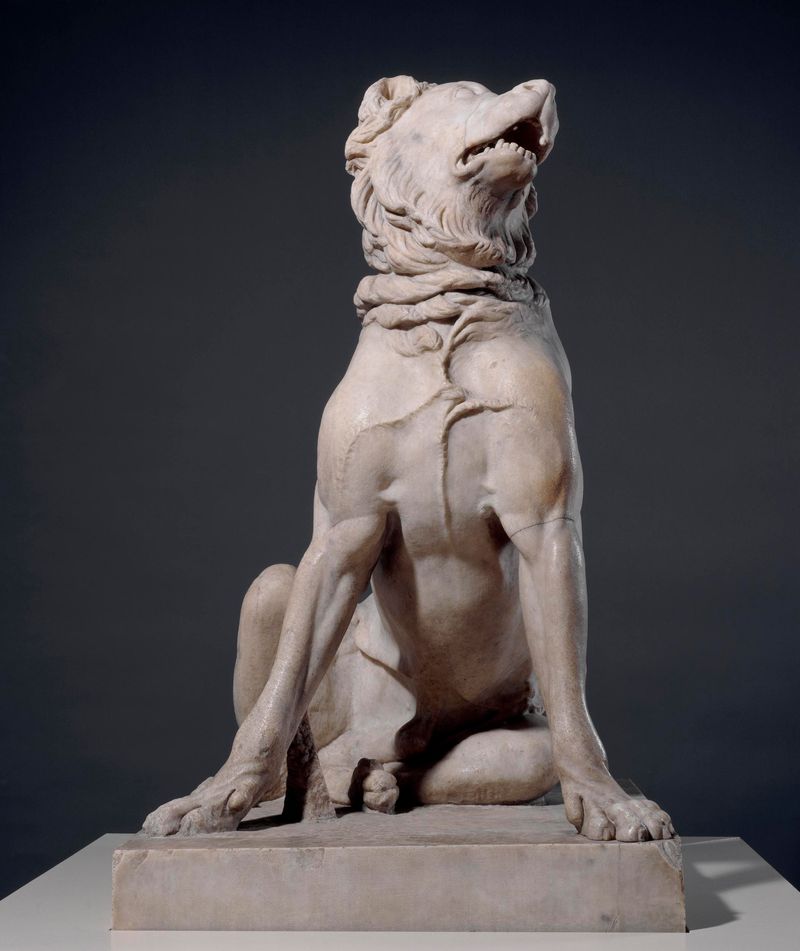
The Molossus was an ancient Greek breed known for its strength and size. Often depicted accompanying soldiers, they were considered formidable guardians. This breed served multiple purposes, from protecting livestock to participating in battles. In ancient art, Molossus dogs were portrayed as powerful and commanding. They were highly valued for their loyalty and protective instincts. Over time, the breed’s legacy faded, leaving behind a testament to their historical significance. Despite their extinction, their influence can be seen in modern mastiffs and other large breeds. These dogs remain a symbol of might and loyalty in historical texts.
Talbot Hound

The Talbot Hound was a white hunting dog used primarily in medieval England. Known for their keen sense of smell, they were often employed in tracking and hunting expeditions. Their distinctive appearance featured droopy ears and a strong build. While largely associated with aristocracy, Talbot Hounds were also popular among hunters. Their legacy lives on through heraldry and insignia. Over centuries, the breed eventually disappeared, supplanted by more specialized hunting dogs. Today, they are remembered for their contributions to hunting traditions and their regal appearance in historical depictions.
St. John’s Water Dog
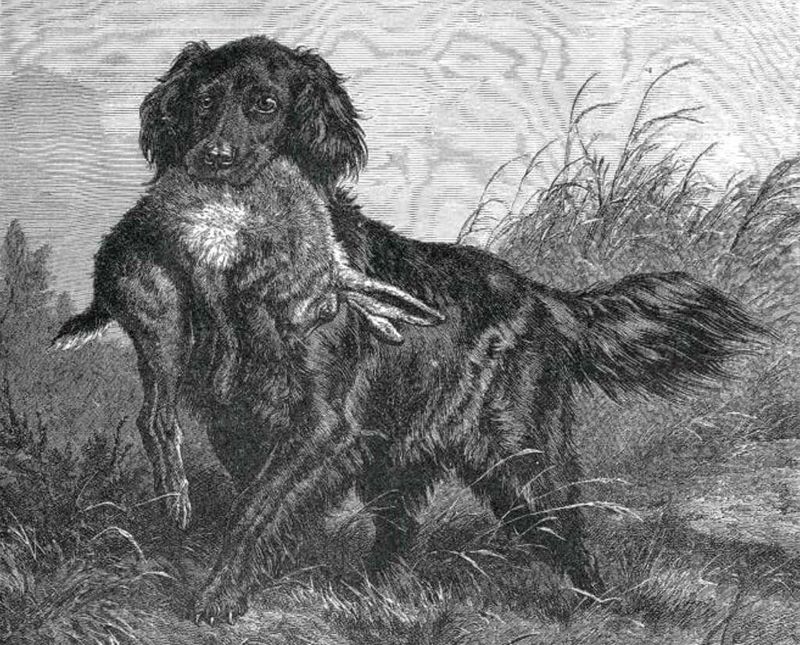
Originating from Newfoundland, Canada, the St. John’s Water Dog was essential in assisting fishermen during the 18th and 19th centuries. These dogs excelled in retrieving nets and lines from icy waters. Their friendly nature and adaptability made them invaluable companions. They had a distinctive black coat with white markings. Over time, interbreeding led to their decline and eventual extinction. The St. John’s Water Dog is considered an ancestor to modern retriever breeds. Their legacy continues as an integral part of Newfoundland’s maritime history, embodying the spirit of resilience and cooperation in harsh conditions.
Alpine Mastiff

The Alpine Mastiff was a giant breed hailing from the Swiss and Italian Alps. Known for their immense size and strength, they were primarily used for guarding livestock and property. Their thick coats protected them from harsh alpine conditions. These dogs were considered gentle giants, often interacting well with people and animals alike. Over time, they contributed to the development of the modern Saint Bernard. Despite their extinction, their lineage survives in various mastiff breeds. The Alpine Mastiff remains a symbol of strength and guardianship, remembered for their role in alpine communities.
Turnspit Dog
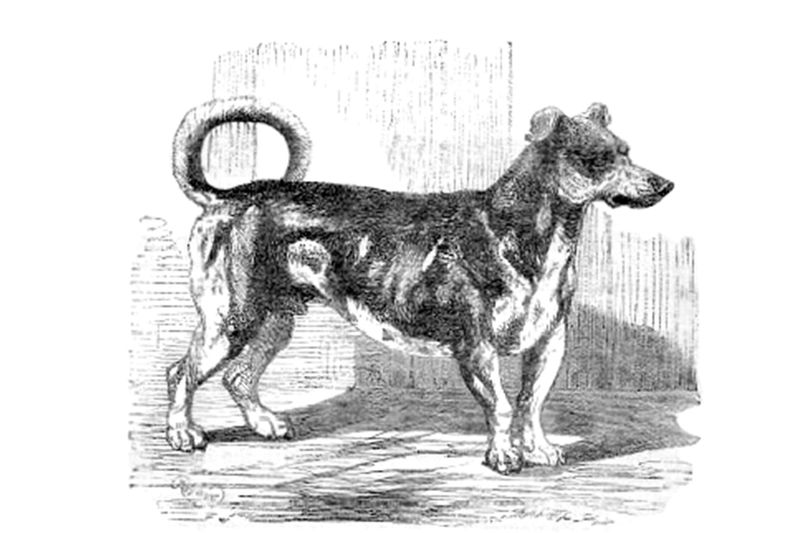
The Turnspit Dog was a small breed historically employed in kitchens to turn cooking spits. Known for their endurance, they would run in wheels for hours to ensure even cooking. Their role was crucial in large households during the 16th to 19th centuries. Despite their hardworking nature, Turnspits were often overlooked in history. Their unique function became obsolete with technological advances in cooking. Today, they are remembered for their contribution to culinary history. This breed highlights the diverse roles dogs have played in human society, adapting to various tasks beyond companionship and hunting.
Paisley Terrier
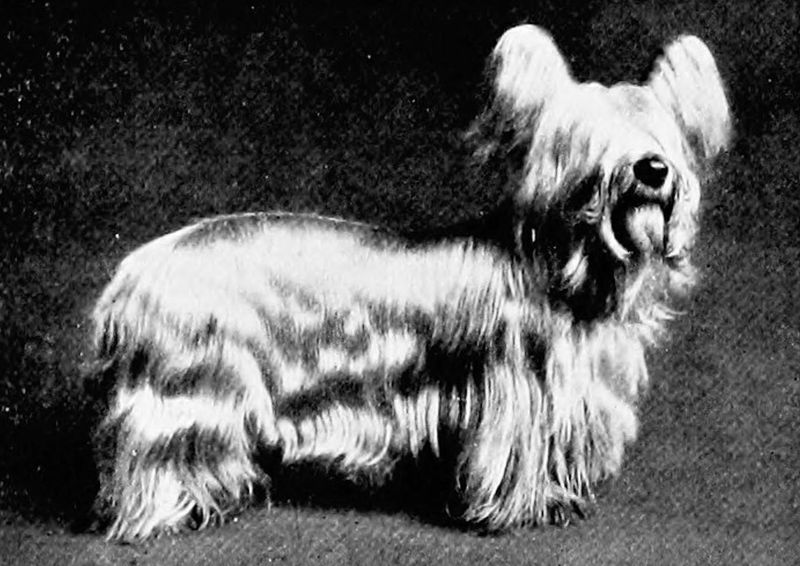
The Paisley Terrier was a small, elegant breed popular during the Victorian era in Scotland. Renowned for their luxurious, silky coats, they were often kept as companion dogs. This breed was particularly favored by ladies of high society. Though attractive, their high grooming needs limited widespread popularity. The Paisley Terrier eventually disappeared into the annals of history, overshadowed by its close relative, the Yorkshire Terrier. Despite their extinction, they are remembered for their beauty and grace. Their legacy lives on in today’s show dogs, reflecting the fashion and preferences of their time.
Cumberland Sheepdog
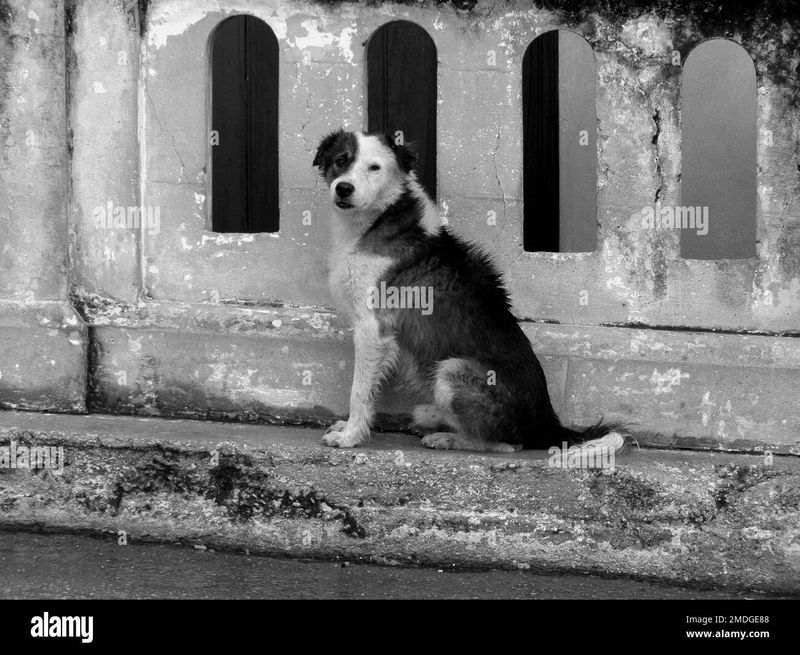
The Cumberland Sheepdog was an expert herder from northern England, known for its intelligence and agility. This breed excelled in managing livestock, facilitating efficient farm operations. With a strong work ethic and a keen sense of direction, Cumberland Sheepdogs were invaluable to shepherds. However, with the rise of Border Collies and other herding breeds, their numbers dwindled. Their legacy is preserved in the working dog community, with their influence seen in several modern breeds. Despite their extinction, they are remembered for their dedication and pivotal role in agricultural history.
Tahltan Bear Dog

The Tahltan Bear Dog was a unique breed utilized by the indigenous Tahltan people in Canada for hunting. Known for their agility and bravery, these small dogs were essential in tracking and cornering large game, including bears. Their compact size and intelligence made them adept at navigating dense forests. Over time, changes in hunting practices and environmental shifts led to their decline. The Tahltan Bear Dog is remembered for its significant role in the livelihoods of indigenous communities. They symbolize the deep bond between humans and animals in traditional hunting cultures.
Norfolk Spaniel
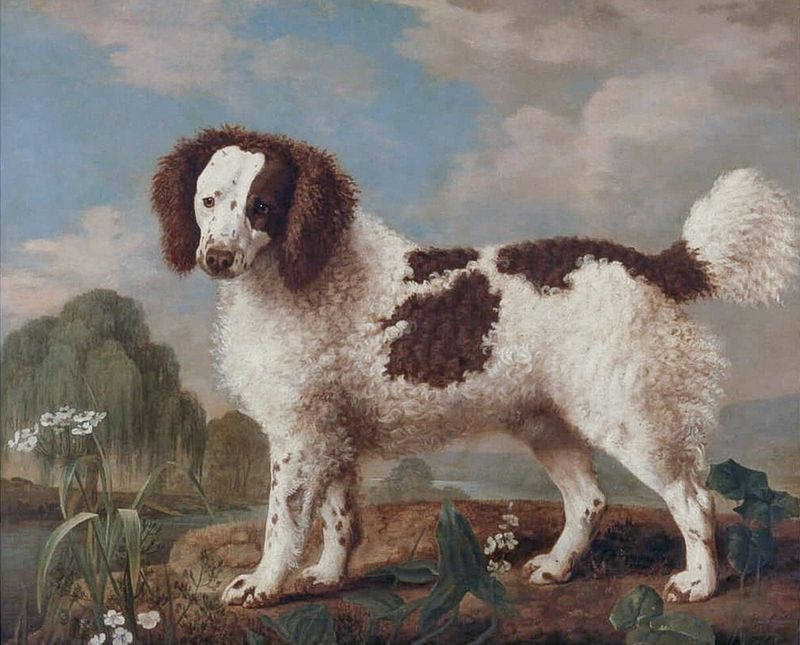
The Norfolk Spaniel, also known as the Shropshire Spaniel, was a popular hunting breed in 19th-century England. Celebrated for their retrieving skills, they were frequently used in hunting waterfowl and other game. With their keen sense of smell and strong swimming ability, they excelled in marshy terrains. Over time, the breed merged with others, contributing to the development of the modern English Springer Spaniel. Despite their extinction, they are remembered for their hunting prowess and versatility. Their legacy continues to influence spaniel breeds today, embodying the spirit of exploration and companionship.
Chien-gris
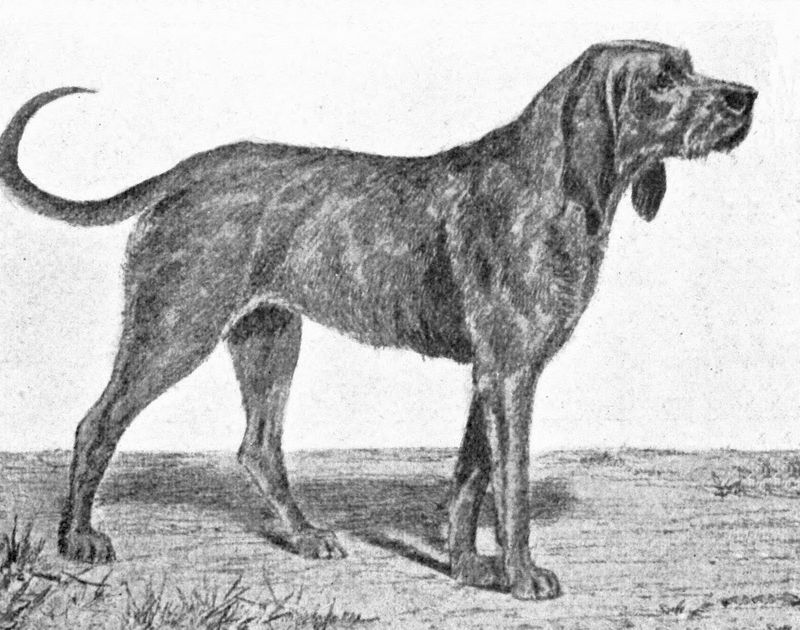
The Chien-gris was a medieval French breed used primarily for hunting. Known for their distinctive gray, wiry coats, they were adept at tracking and pursuing game. These dogs were valued for their endurance and resilience in various terrains. Historically associated with French nobility, the Chien-gris was often seen in hunting scenes. Over time, they were supplanted by more specialized breeds. Despite their extinction, they are remembered for their contributions to hunting culture and their rugged appearance. The Chien-gris remains a symbol of medieval hunting traditions and the evolution of canine breeds.
Old Welsh Grey Sheepdog
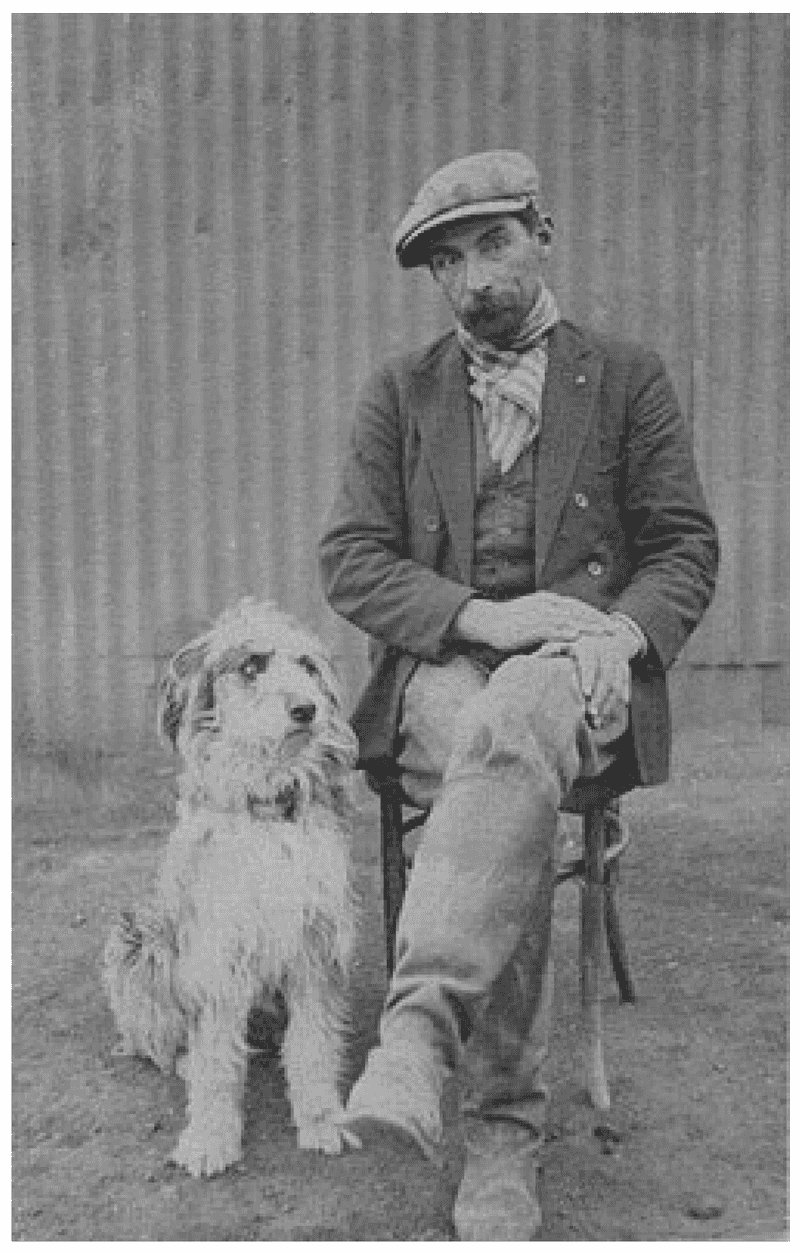
The Old Welsh Grey Sheepdog was a herding breed native to the rugged terrains of Wales. Known for their intelligence and herding capabilities, they were essential in managing flocks in challenging environments. With a robust build and a keen working instinct, these dogs could navigate the steep landscapes with ease. Over time, changes in farming practices led to their decline. Their legacy continues through modern herding breeds, preserving their traits and skills. The Old Welsh Grey Sheepdog is remembered for its dedication to shepherding and its role in the agricultural heritage of Wales.
Hare Indian Dog
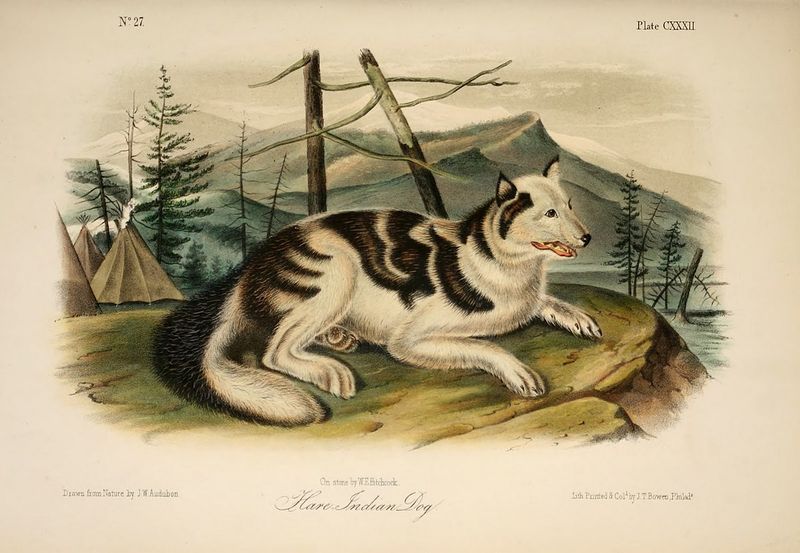
The Hare Indian Dog was a breed native to Northern Canada, valued by indigenous peoples for its hunting assistance. Known for their speed and agility, they were adept at pursuing small game across snowy terrains. These dogs were characterized by their slender build and keen senses. Their role was crucial in supporting traditional hunting practices. However, with changing lifestyles and interbreeding, the Hare Indian Dog eventually disappeared. They are remembered for their significance in indigenous communities and their adaptation to harsh climates. Their legacy endures as a testament to resilience and resourcefulness.
Toy Trawler Spaniel
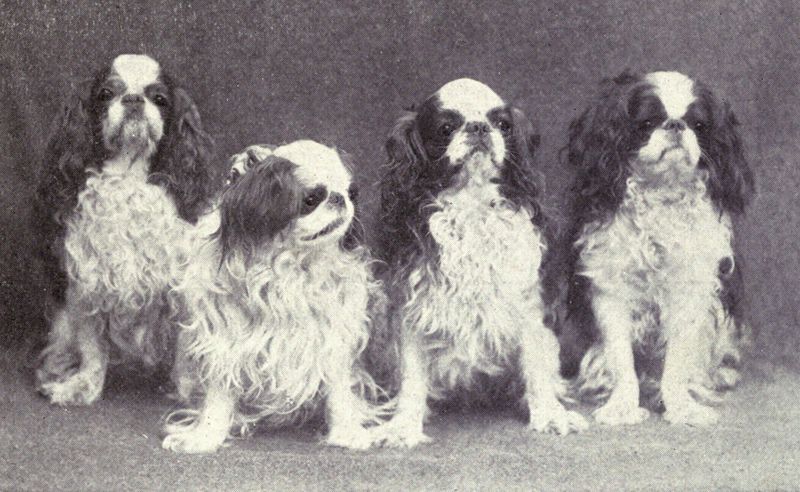
The Toy Trawler Spaniel was a diminutive breed popular in 19th-century England. Known for their charming appearance and friendly nature, they were favored as companion dogs among children and ladies. Their small size made them ideal for indoor living. Despite their popularity, the breed eventually faded away, with its traits absorbed into other spaniel varieties. Today, they are remembered for their role in Victorian society, embodying the era’s fondness for ornate and affectionate pets. The Toy Trawler Spaniel’s legacy persists in the affectionate nature of modern toy breeds.
English Water Spaniel
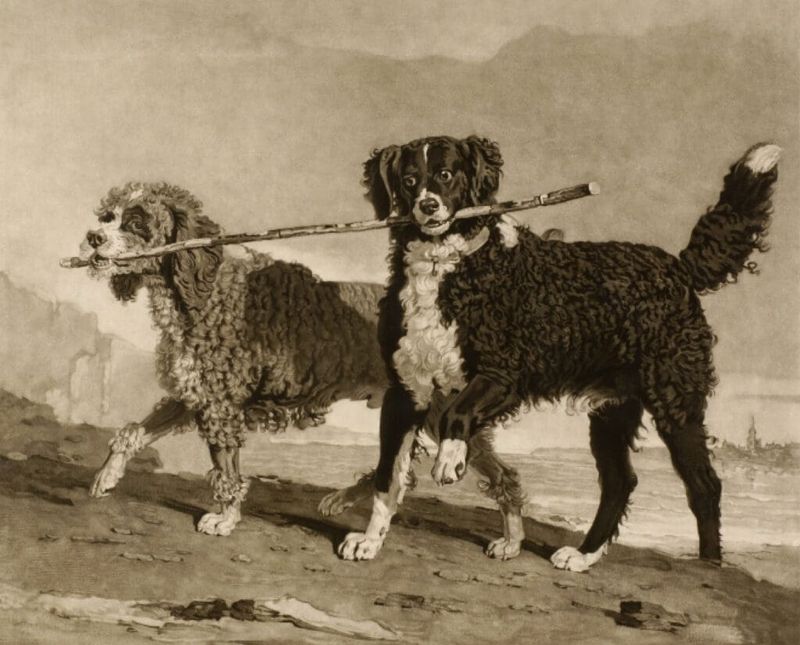
The English Water Spaniel was a versatile hunting dog used extensively in the 18th and 19th centuries. Known for their excellent swimming abilities, they excelled in retrieving waterfowl. Their distinctive curly coats protected them from cold waters. This breed was celebrated for its intelligence and eagerness to work. However, as other specialized breeds emerged, their numbers dwindled. Despite their extinction, they are remembered for their contributions to hunting culture and their adaptability. The English Water Spaniel’s legacy lives on in modern water-loving breeds, highlighting their historical significance and enduring influence.
Blue Paul Terrier
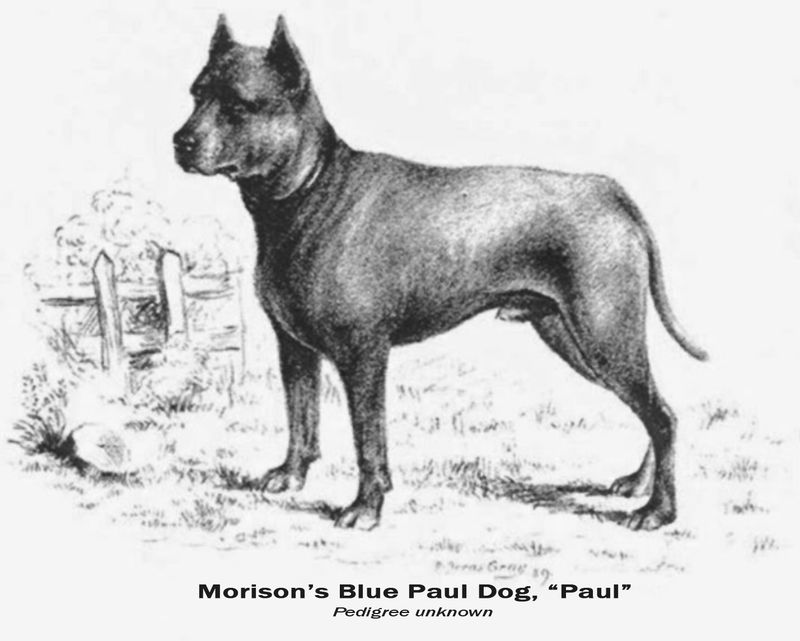
The Blue Paul Terrier was a muscular breed originating from Scotland, known for its strength and determination. Often associated with dog shows and competitions, they were celebrated for their tenacity. Their distinctive blue-gray coat and powerful build made them a striking presence. Despite their popularity, they eventually disappeared, with characteristics merging into other terrier breeds. Today, they are remembered for their role in the sporting culture of 19th-century Britain. The Blue Paul Terrier remains a symbol of strength and competitive spirit, influencing the development of modern terriers.
Old English Bulldog
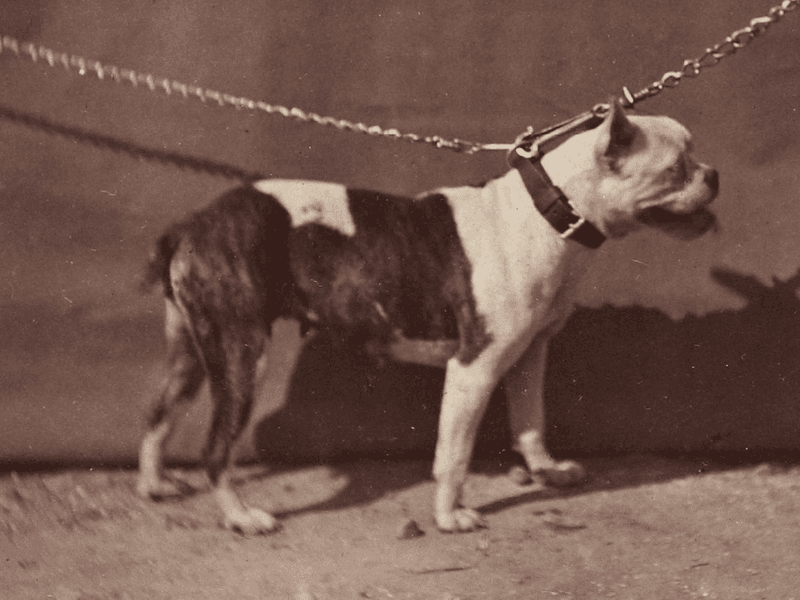
The Old English Bulldog was a historical breed known for its courage and tenacity. Originally bred for bull-baiting, they were powerful and resilient. Their muscular build and distinctive appearance made them formidable guardians. Over time, as blood sports declined, the breed’s purpose shifted. Eventually, they disappeared, with their traits contributing to the modern Bulldog. Despite their extinction, they are remembered for their influence on canine breeding and their role in shaping modern standards. The Old English Bulldog remains a symbol of courage and loyalty, enduring in the legacy of contemporary breeds.
Hawaiian Poi Dog

The Hawaiian Poi Dog was a native breed from Hawaii, traditionally kept by indigenous people as companions and spiritual symbols. Known for their distinct barrel-shaped bodies, they were fed a vegetarian diet primarily consisting of poi. Over time, changes in lifestyle and interbreeding led to their decline. The Hawaiian Poi Dog is remembered for its cultural significance and connection to indigenous Hawaiian traditions. Despite their extinction, they symbolize the unique bond between humans and animals in different cultures. Their legacy continues to be celebrated in Hawaiian folklore and cultural heritage.

